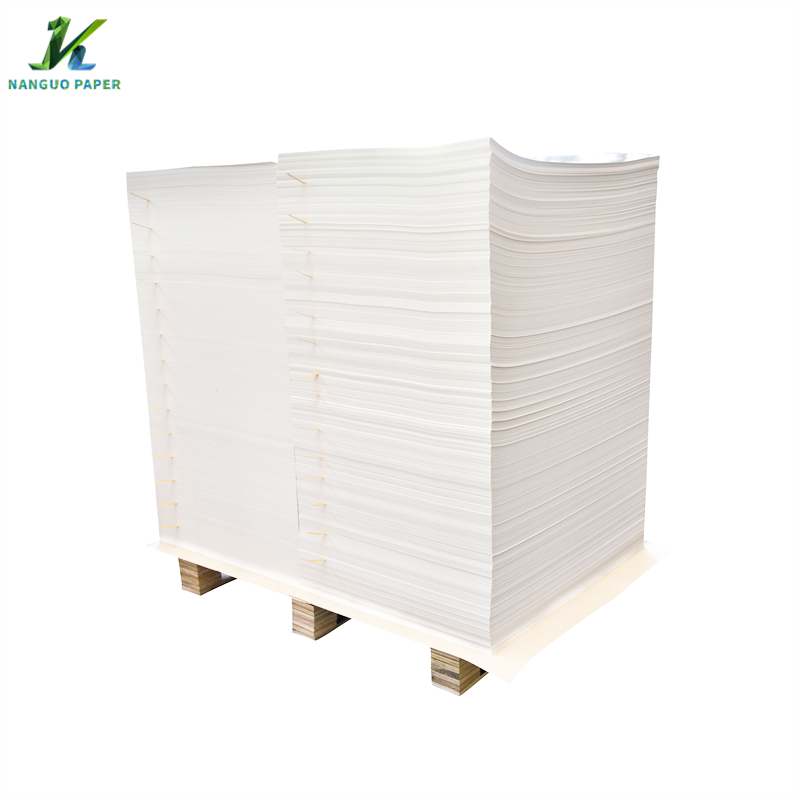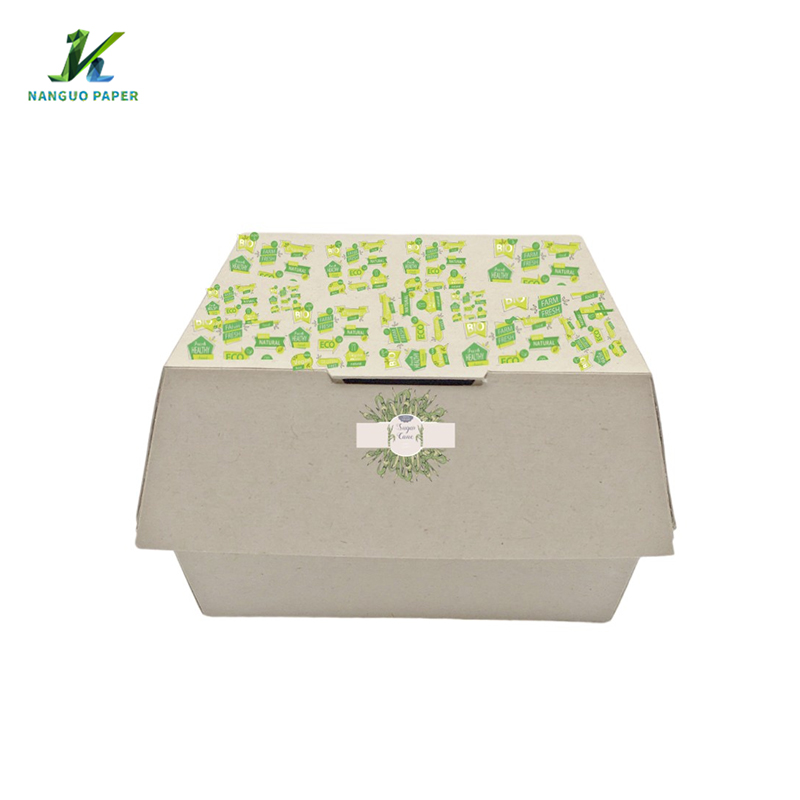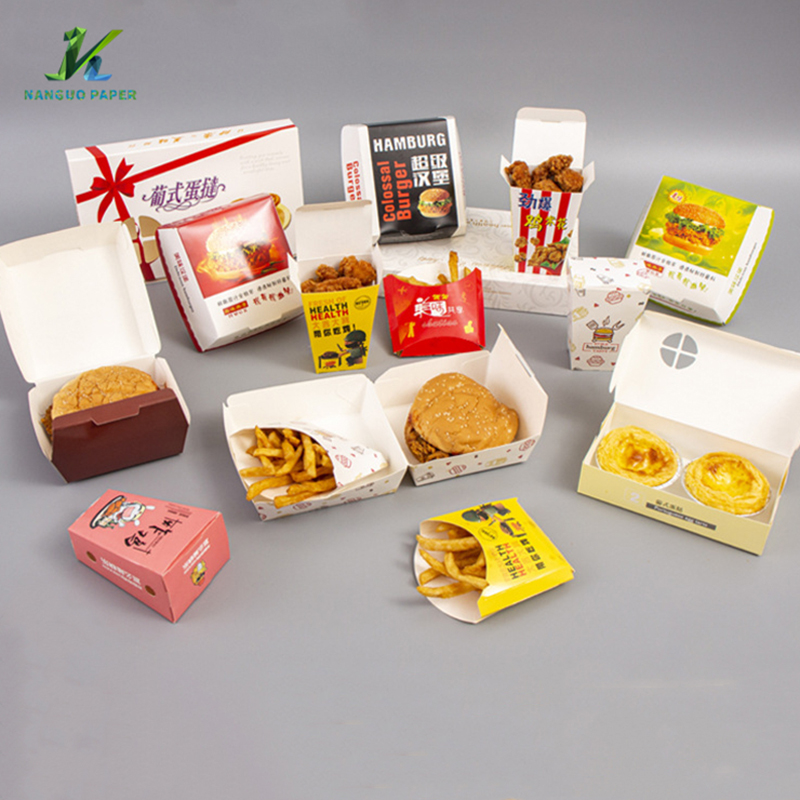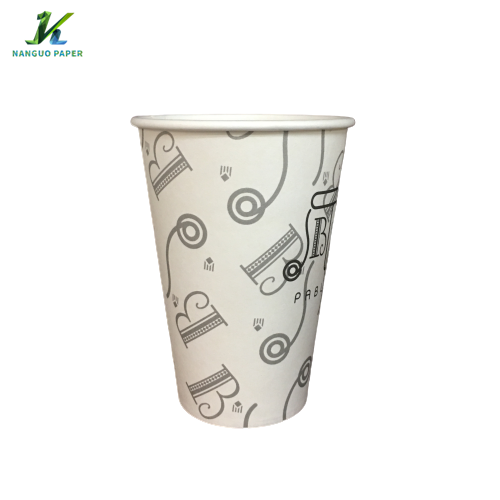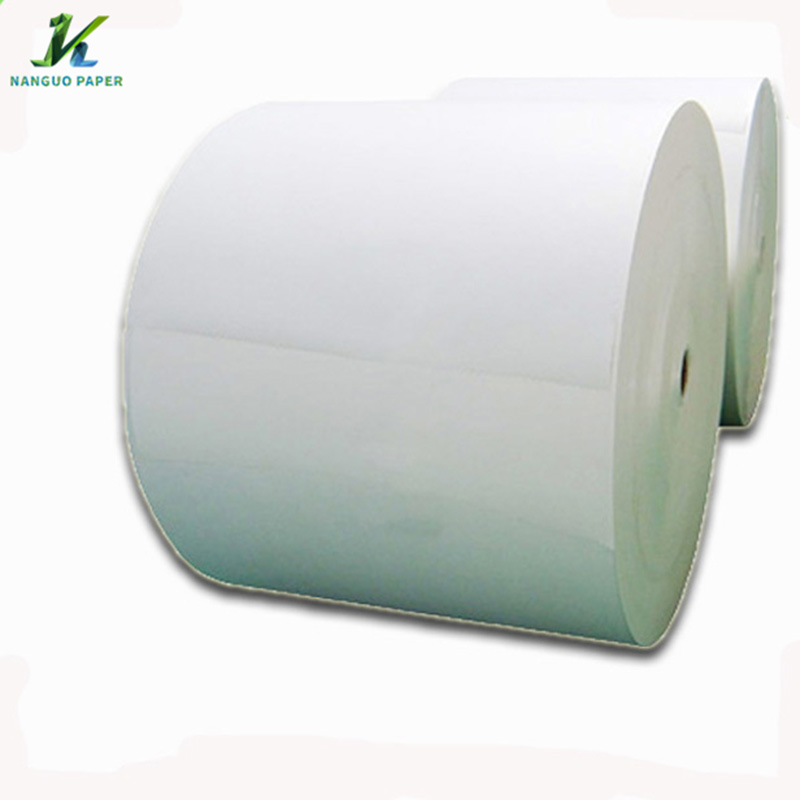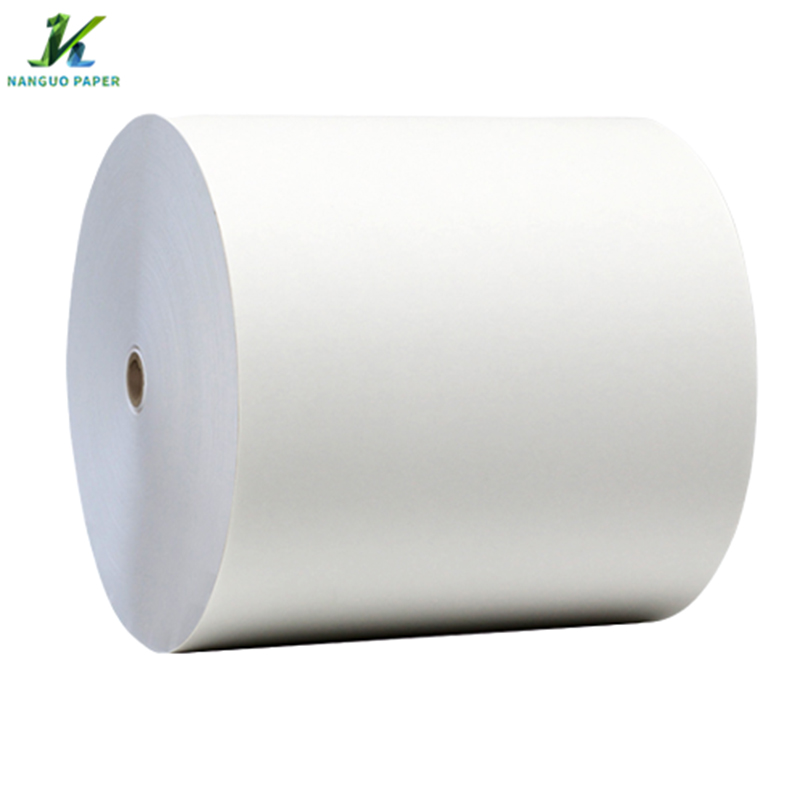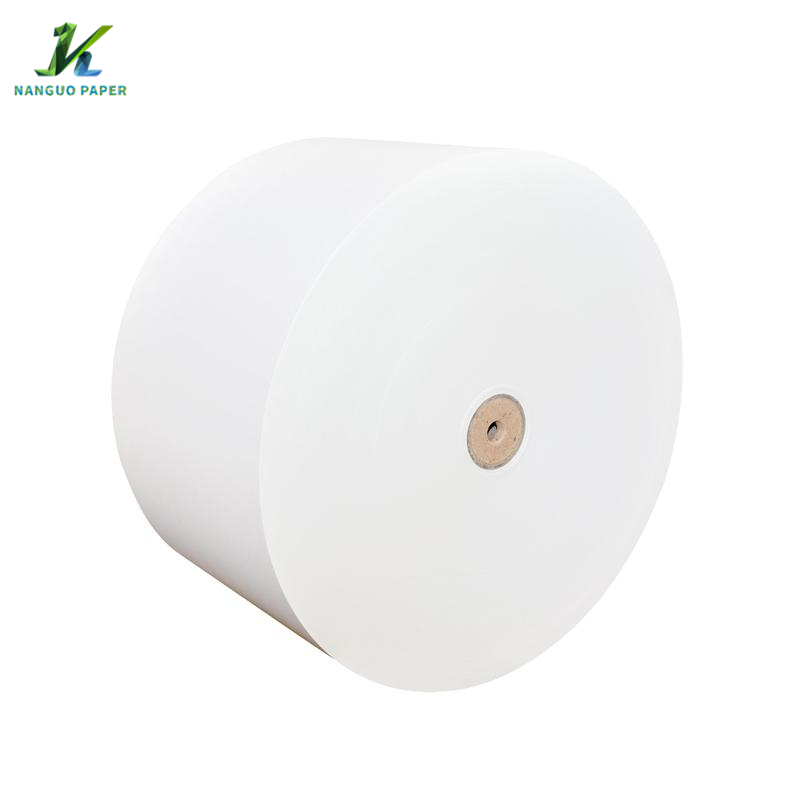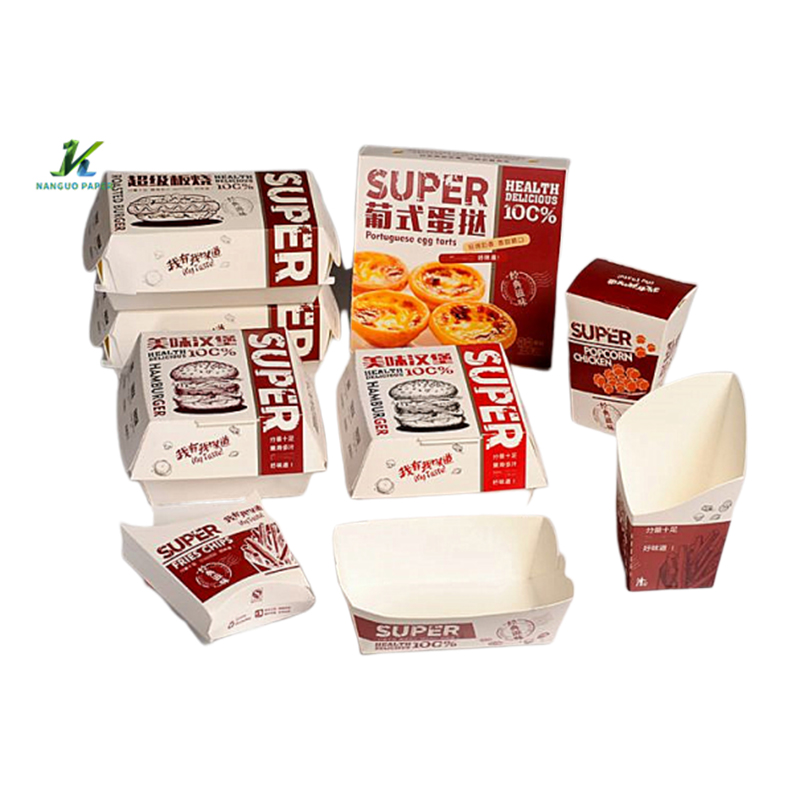Biodegradable Candle Packaging - China Manufacturers, Factory, Suppliers
Compared to wood pulp paper, cane pulp paper consumes relatively little energy and water. The production process of sugarcane pulp paper is simpler and consumes less energy, resulting in significant savings in energy resources. At the same time, sugarcane pulp and paper consumes less water in the paper production process, reducing pressure on water resources. Biodegradable Candle Packaging, Eco Friendly Carton , Compostable Wrapping Paper , Environmentally Friendly Packaging Options ,Biodegradable Shipping Packaging . In summary, no matter from the perspective of energy efficiency, resource utilization efficiency or ecological protection, using sugarcane bagasse as papermaking raw material and converting remaining organic matter into biomass energy is a more scientific and environmentally friendly choice. Sugarcane bagasse papermaking can not only obtain high-quality pulp, but also achieve the goal of reducing wood consumption and improving resource utilization efficiency. Therefore, it is considered an environmentally friendly, green and sustainable choice of papermaking raw materials. In today's pursuit of sustainable development, bagasse papermaking will become an important direction for the future development of the paper industry. The product will supply to all over the world, such as Europe, America, Australia,Cancun, moldova,luzern, Saudi Arabia.As global temperatures rise, the demand for paper packaging has increased significantly, and eco-friendly packaging requires the use of fewer materials and does not cause much harm to the environment.For starters, using eco-friendly packaging, like sugarcane paper made from bagasse, helps reduce carbon emissions. Traditional packaging materials such as plastic and Styrofoam are often made from petroleum, and their production and disposal processes release large amounts of carbon dioxide and other greenhouse gases. In contrast, eco-friendly packaging is usually made from renewable materials such as paper, which require less energy and emissions to produce, thus reducing the carbon footprint.Secondly, eco-friendly packaging has a big impact on branding. Nowadays, more and more consumers are concerned about the environmental actions of companies, and they are more inclined to choose those products that use eco-friendly packaging. The use of environmentally friendly packaging not only enhances brand image, but also increases consumers' trust and recognition of the product. Therefore, environmentally friendly packaging has become one of the important strategies for companies to win market competition.Third, environmentally friendly materials are non-toxic. Traditional packaging materials are usually made of chemicals, some of which may pose potential risks to human health. In contrast, paper packaging is made of natural fibers, which are non-toxic and harmless and do not pose a risk to human health. This is important for people who use paper packaging on a daily basis, as prolonged exposure to harmful substances can lead to serious health problems.Finally, paper packaging is a biodegradable material. When paper packaging is discarded, it naturally breaks down into organic matter that is eventually absorbed into the soil without the need for special treatment. In contrast, plastics and other non-biodegradable materials take decades or even centuries to break down. The use of paper packaging helps to reduce the burden on landfills and minimize pollution of the environment.In short, the benefits of eco-friendly packaging are not only in terms of reducing carbon emissions and protecting the environment, but also in terms of enhancing brand image, protecting human health and reducing pressure on landfills. Therefore, we should join hands to adopt eco-friendly packaging measures to protect the environment and realize sustainable development.
Related Products



